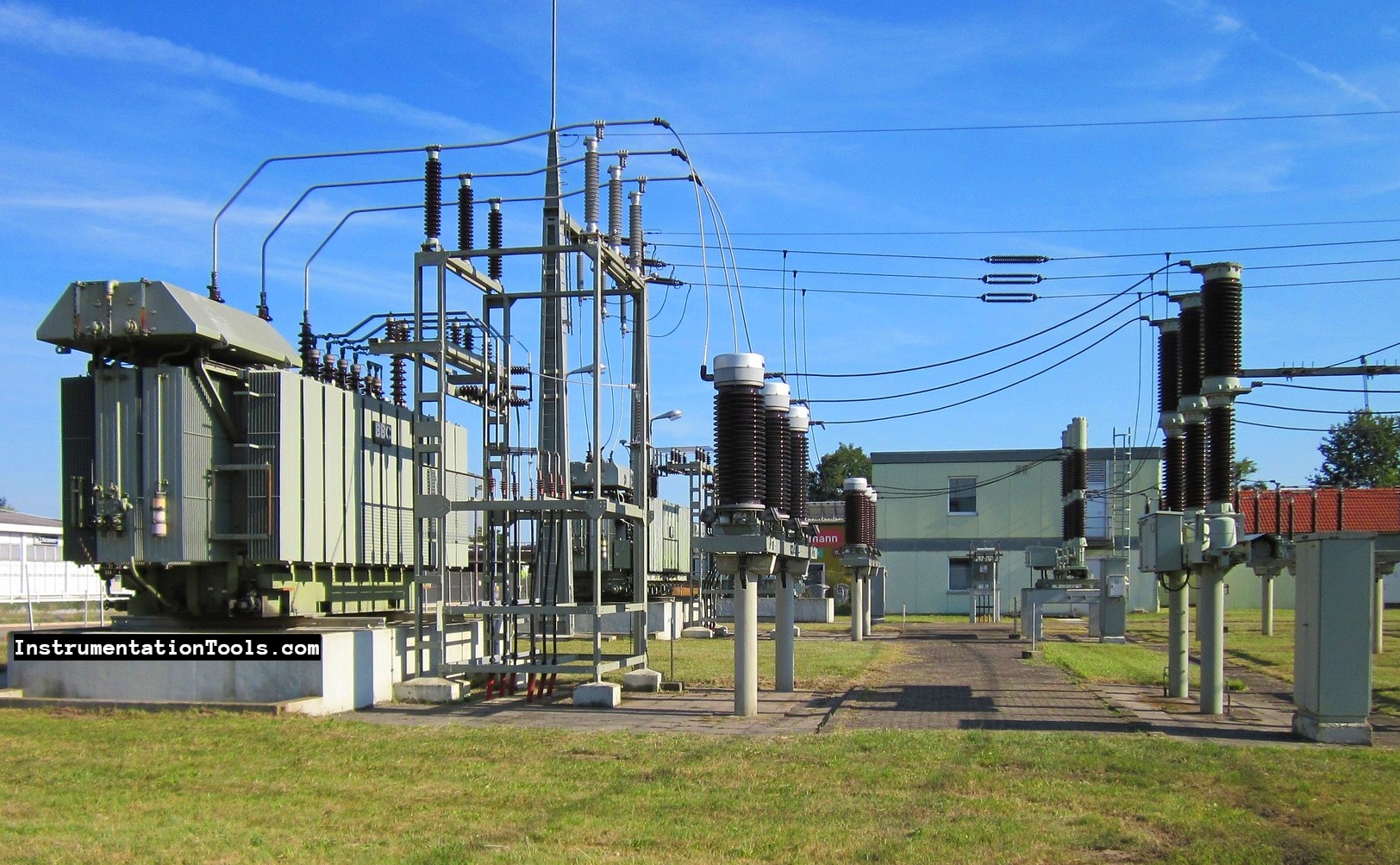The electrical grid is a very important part of power distribution. Be it power generation, transmission, or distribution, an electrical grid is a must for all these systems. Due to such a large amount of electricity handling involved in it, some proper and reliable control must be required in it.
Improper control can hamper the electricity cycle and harass hundreds of consumers in a very short span of time. So, industrial automation technologies are widely used in an electrical grid, to operate it safely and also handle load demands efficiently.
In this post, we will learn some general automation techniques used for an electrical grid.
First of all, let us understand what an electrical grid is. Electricity has three modes of operation – generation, transmission, and distribution. When electricity is generated, it needs to be transmitted to a substation first, and after the substation, it will be distributed to all the local consumers.

The substation handles the electricity at a local range. For example, suppose you are living in a radius of 500 sq. km; then you will have 2-3 substations that will manage the load distribution required in such an area for various types of consumers. But, this local range is not enough when consumers increase or when there is a requirement for an uninterrupted power supply for critical areas. In that case, a grid is required.
As the name implies, an electrical grid is a complete network of substations, power generation plants, and distribution centers. It operates in a very wide range and handles electricity for thousands of kilometers and even beyond.
The electrical grid comes in two types – regional and national. A regional grid will interconnect different substations and other systems; whereas a national grid will interconnect regional grids.
Because an electrical grid handles such a large amount of electricity, industrial automation is mostly used for smartly managing them. A large amount of data can be handled and security, and efficiency is increased to a great extent with the use of automation.
Let us have a look at some of the techniques of automation used in electrical grids.
If you liked this article, then please subscribe to our YouTube Channel for Instrumentation, Electrical, PLC, and SCADA video tutorials.
You can also follow us on Facebook and Twitter to receive daily updates.
Read Next:
Omron PLC logic for sorting the number of products and counting the number of products…
Learn the water fountain control logic using the PLC timers programming to control the high…
Open Telemetry is a framework for collecting data in cloud-native applications including tracing, metrics, and…
This article is about controlling the Pneumatic cylinder and Pneumatic motor in the assembly line…
In this post, we will learn the basic requirements for a network switch to be…
The PLC panel and MCC panel interface signals are start, stop, run feedback, trip, local…